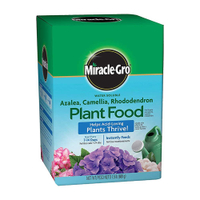How and when to fertilize hydrangeas – for top-performing shrubs
Give these plants a feed when they need it and you'll be rewarded with strong growth and plenty of blooms
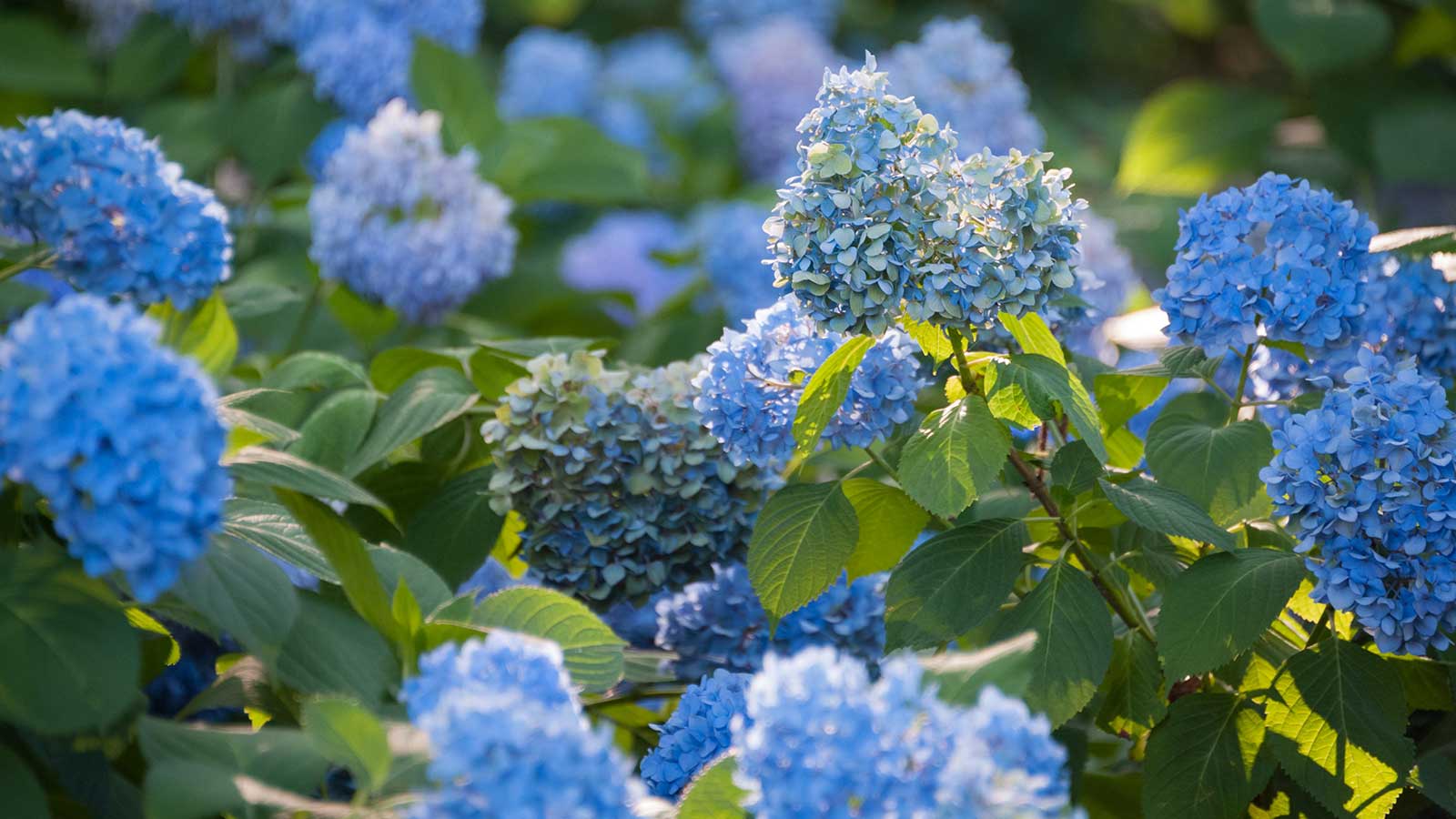

Q: I have recently bought a few hydrangeas for my backyard. One is for a large planter on the patio, and the others will be planted into a border, where I'm hoping they will grow into large, statement shrubs that will hide the fence behind. I haven't had these plants before, and I'm unsure whether it's necessary to fertilize them to help them thrive. If so, how should I do it, and when is the best time?
A: Hydrangeas are beautiful plants that are popular for their huge, showy blooms throughout summer. They are relatively easy to look after, too, as long as their soil is moist but well-draining.
As with most plants, adding fertilizer can be worthwhile as it can help them grow stronger. This is especially the case with your hydrangea in a pot, and if the soil in your borders is light and not very nutrient-dense.
How to fertilize hydrangeas
In terms of how well they'll grow, these plants are not fussy about the pH of their soil (although it does affect the color of the flowers – acidic soils make them turn blue, while alkaline soils make them turn pink). But, the soil does need to be fertile, well fed, and slow to dry out, says John Negus, a garden expert from Homes & Gardens. Digging plenty of organic matter, such as homemade compost, into the soil before planting hydrangeas in a border will be beneficial.
When growing hydrangeas in pots, use a compost with a high proportion of loam. However, 'even the best multi-purpose composts only have enough nutrients for four to six weeks of growth, and once this is exhausted, plants will need supplementary feeding, either with a liquid or by top-dressing with controlled-release fertilizer,' John says. Plants in borders where soil is poor, or in backyards that see a lot of rainfall, can also benefit from an added feed. This is especially the case if they are showing signs of stress, such as yellowing leaves.
A general-purpose one is best for these plants: John recommends Miracle-Gro All Purpose Continuous Release Plant Food, available from Amazon. Avoid fertilizers that are high in nitrogen, as this can encourage leafy growth rather than flowers. Water the area well after applying, especially if you're using granules.
Mulching in fall is also helpful for hydrangeas, particularly if you're growing them in sandy soils. It will help to keep the roots moist, and also offers some protection against winter weather. Use organic mulches, such as homemade compost or bark chippings, which will add nutrients to the soil as they gradually decompose.

John has been a garden journalist for over 50 years and regularly answers readers' questions in Amateur Gardening magazine. He has also written four books and has delivered many talks over the years on horticulture.

Hydrangeas (except for the white varieties) will change color depending on the acidity of the soil
When to fertilize hydrangeas
Spring, when soil temperatures are rising, is a good time to start fertilizing your hydrangeas.
Fast-release fertilizers can usually be applied monthly from spring onwards – until the flowering on your hydrangeas finishes. If you're using a slow-release fertilizer, you should generally apply it twice annually – once in spring and then again in the summer.
However, always check the label for fertilizer application instructions as these can differ between products. You don't want to overdo it, as according to the Royal Horticultural Society (the RHS), over-fertilizing can lead to lesser flower buds. It can also make the plants more vulnerable to frost damage.
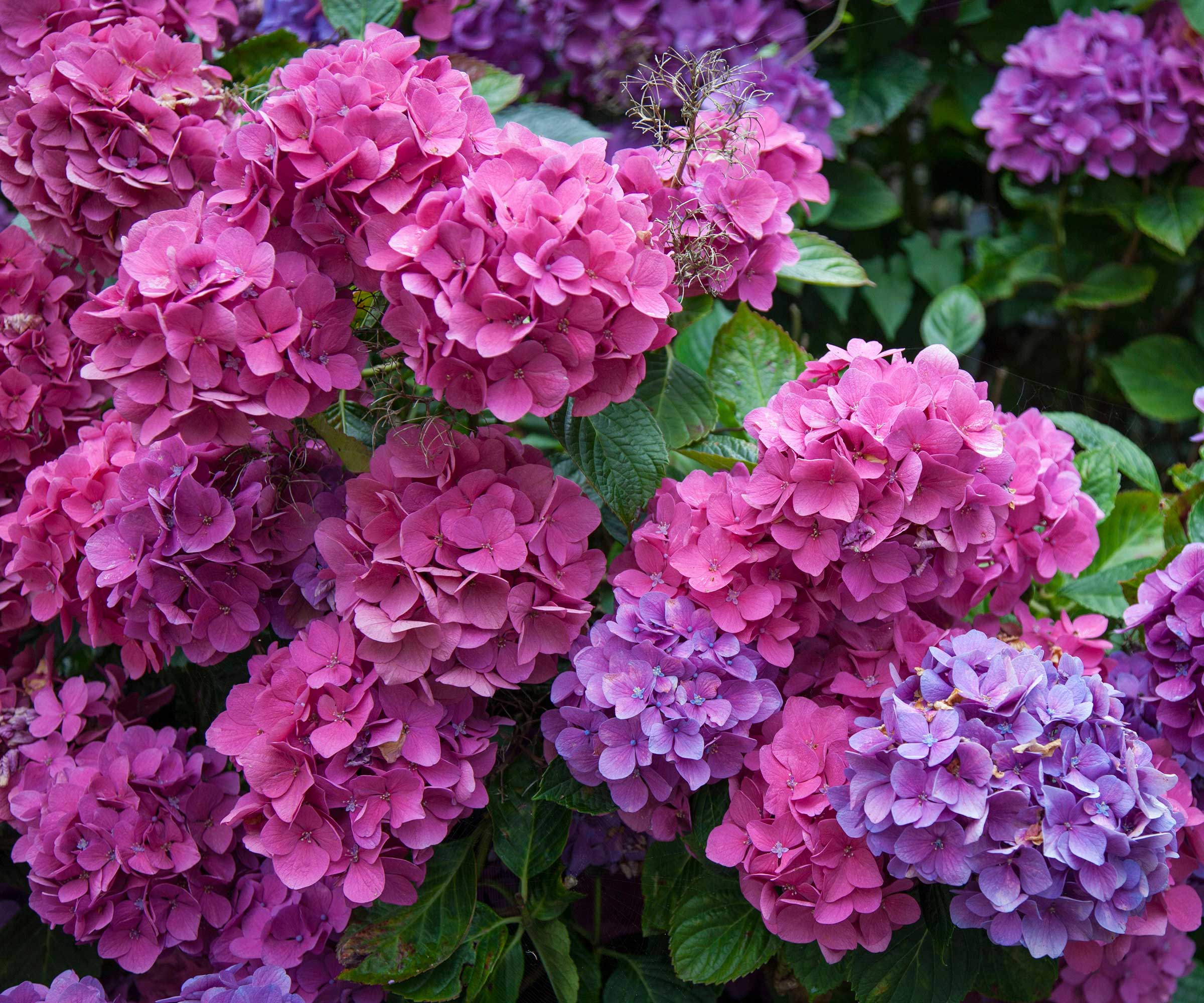
You can feed your hydrangeas from spring onwards
FAQs
Is there a fertilizer I can use that will help keep my hydrangeas blue?
As mentioned above, the acidity of the soil impacts the color of hydrangeas' flowers. So, if you want to keep your blooms blue, opt for a fertilizer that's specially designed for acid-loving plants.
Miracle-Gro Fertilizer for Acid Loving Plants | $9.59 from Amazon
This fast-acting fertilizer will give your hydrangeas a boost while keeping their blooms blue. Use it every 7 to 14 days during the growing season for best results – all you need to do is dilute it with water in a watering can, then apply it to the base of your plants. It can also be used on other acid-loving flowering shrubs, including rhododendrons and camellias.
Should you fertilize hydrangea cuttings?
Propagating hydrangeas from cuttings is a great way to get more of these flowering shrubs for free. John Negus, a garden expert from Homes & Gardens, recommends liquid feeding them with a high-potash tomato fertilizer (such as this Schultz one from Amazon) to help them thrive. 'Apply it weekly, making sure that the cutting compost is damp,' he says.
Overall, yes, fertilizing your hydrangeas can be beneficial, but it's possible to have too much of a good thing, so follow the label closely and avoid overdoing it. And remember that feeding is just one element of looking after these flowering shrubs – pruning hydrangeas, as well as deadheading and watering, are also important for healthy and happy plants.
Sign up to the Homes & Gardens newsletter
Design expertise in your inbox – from inspiring decorating ideas and beautiful celebrity homes to practical gardening advice and shopping round-ups.

Holly started writing about gardening five years ago, and she is a regular contributor to Homes & Gardens. She has also written many gardening features for Woman & Home and Real Homes, too. She has previous experience as a professional gardener, where she helped to plant and maintain private gardens. Holly has also looked after allotment plots over the years and loves to grow her own flowers and veggies from seed. In her spare time, she enjoys visiting local gardens, botanical drawing, and tending to her ever-growing collection of houseplants.
-
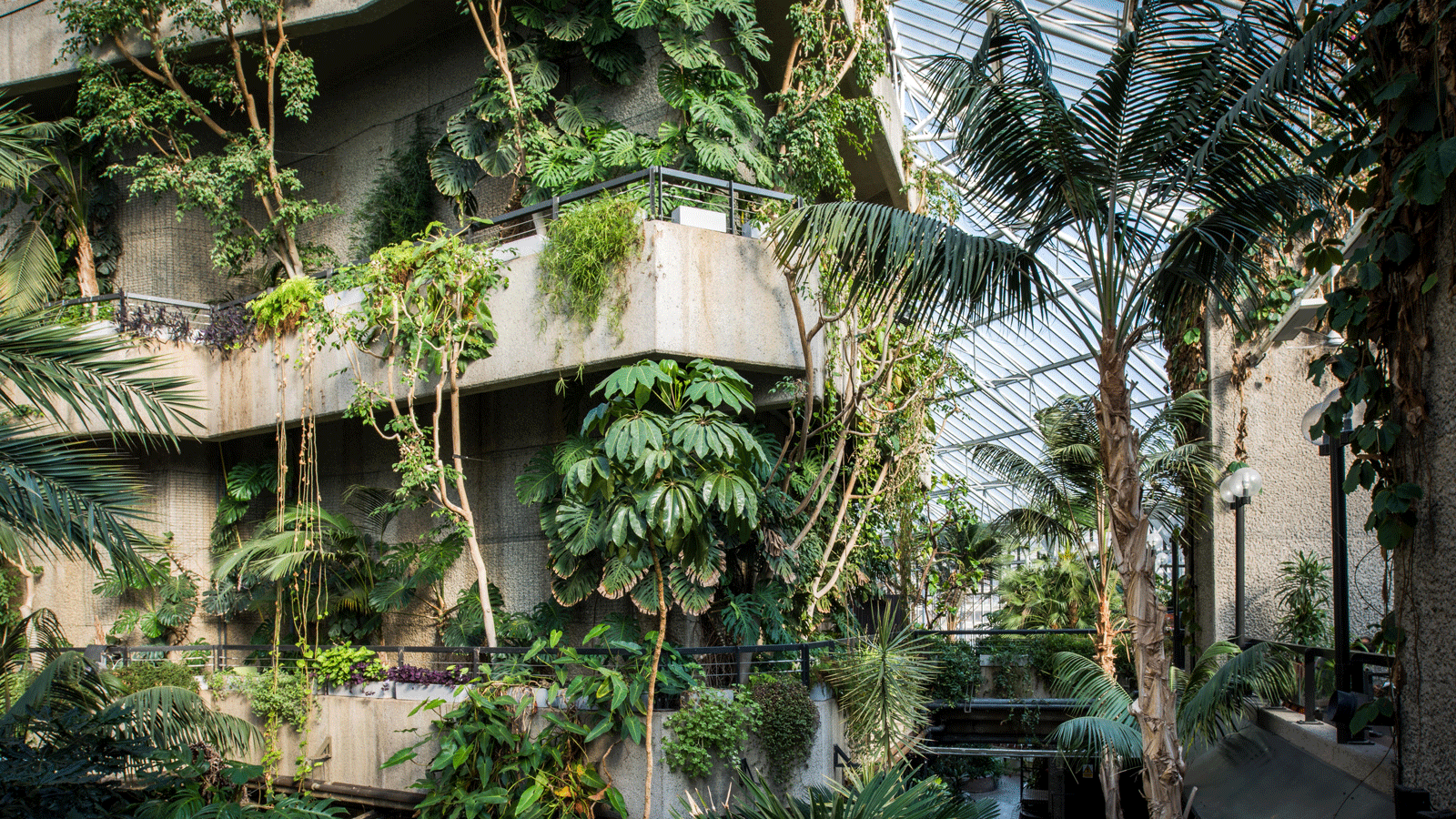 What is eco-brutalism? The naturalistic planting that pairs perfectly with brutalist design, and how you can get in on this emerging trend
What is eco-brutalism? The naturalistic planting that pairs perfectly with brutalist design, and how you can get in on this emerging trendThe angular concrete shapes of this modern architectural movement work beautifully when enhanced by natural planting for a softer edge
By Sarah Wilson Published
-
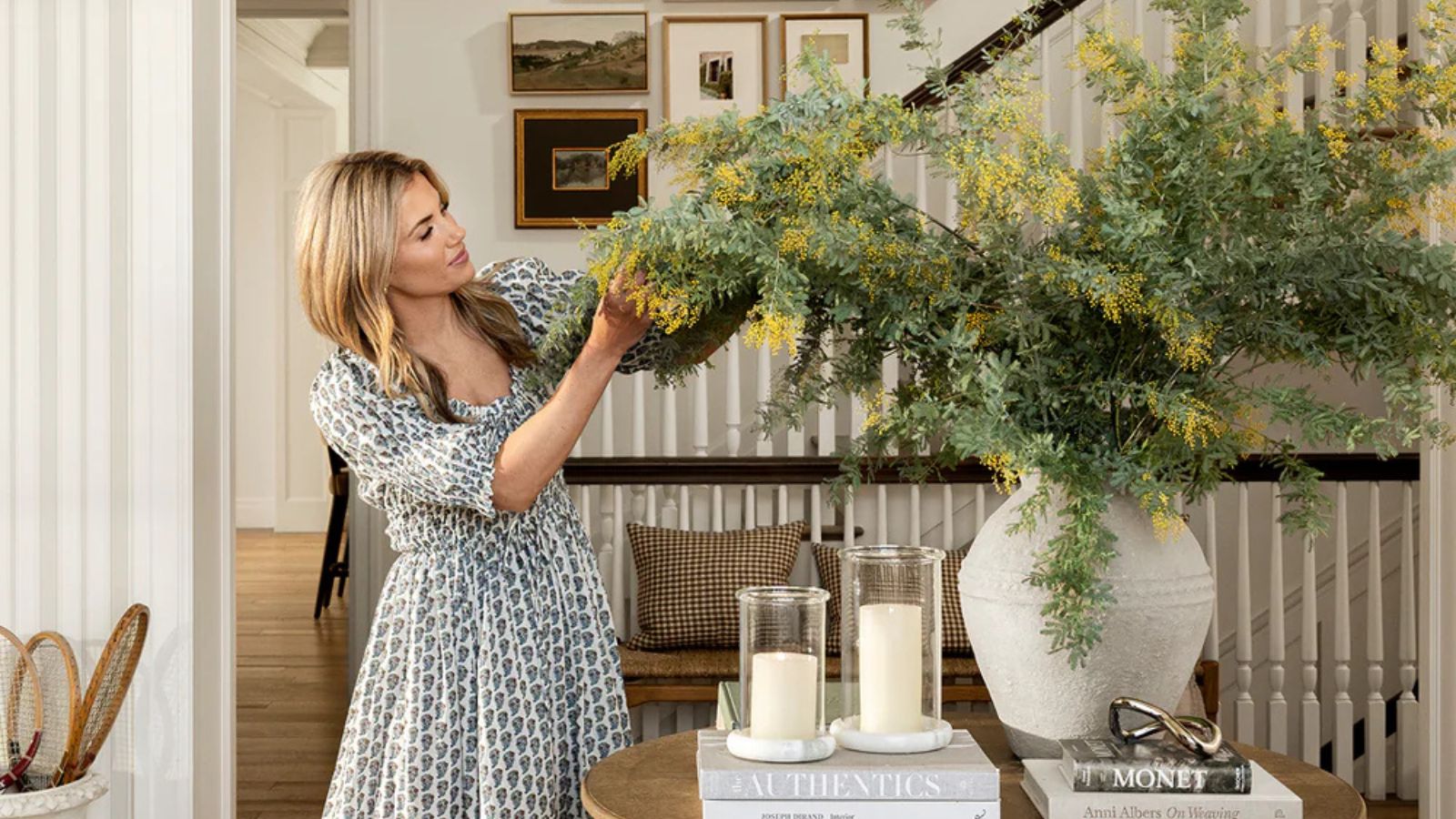 I've had a first look at the McGee & Co. summer 2025 collection, and I think you're going to fall head over heels for the vintage-style rattan pieces
I've had a first look at the McGee & Co. summer 2025 collection, and I think you're going to fall head over heels for the vintage-style rattan piecesThe new McGee & Co. drop is full of vintage charm – and the scalloped coffee table is my standout pick for summer
By Charlotte Olby Published
